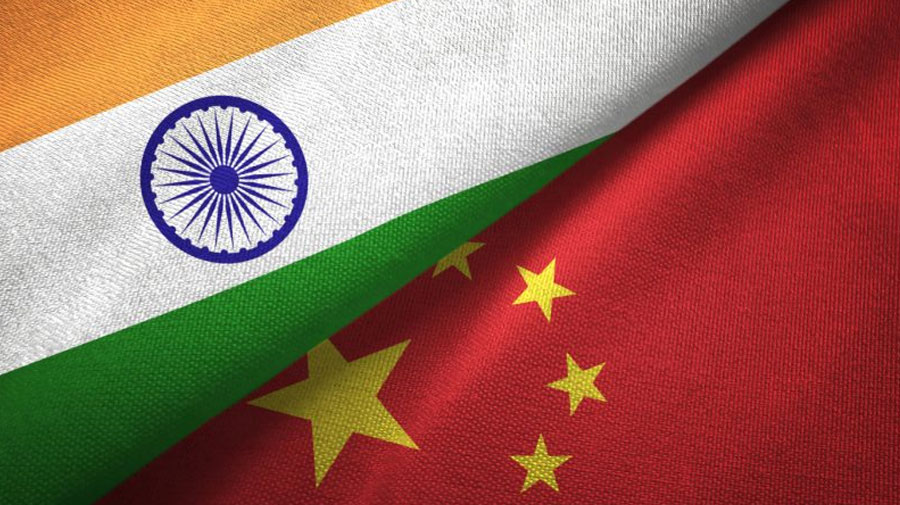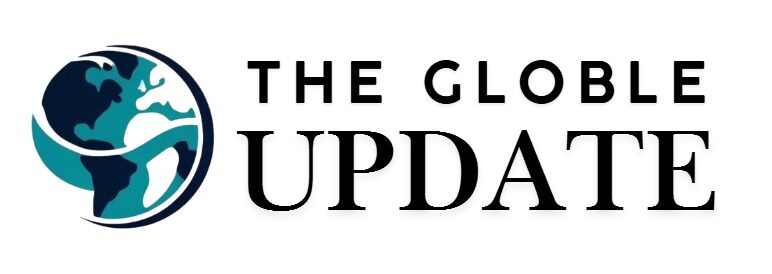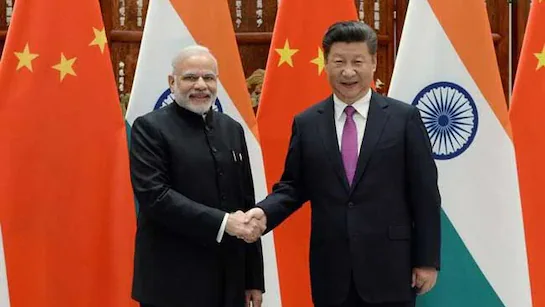Modi to China: A Diplomatic Reset?
Prime Minister Narendra Modi is heading to China for the first time in seven years, signaling a potential reset in relations with President Xi Jinping. The visit comes immediately after US President Donald Trump slapped 50% tariffs on Indian imports, leaving New Delhi to reconsider its global partnerships.
The backdrop is striking: in 2020, Indian and Chinese troops fought a deadly clash in the Himalayas. Now, both sides are exploring ways to rebuild ties while still guarding against mistrust.
Washington on Edge
The United States has long positioned India as a key ally to balance China’s rise. Through defense cooperation, Quad partnerships, and joint drills, Washington built strong strategic ties with New Delhi.
But Trump’s tariffs on Indian trade and oil purchases from Russia have strained this partnership. For the US, losing India’s alignment would be a serious geopolitical setback.
India-China Relations: A Timeline of Shifts

Photo Credit :- diplomatist
| Era | Nature of Ties | Highlights |
|---|---|---|
| 1950s | Shared Asian solidarity | India recognized PRC |
| 1962 | Conflict & mistrust | Sino-Indian War |
| 2000s | Economic growth | Surge in bilateral trade |
| 2020 | Hostility & clashes | Galwan Valley incident |
| 2025 | Strategic necessity | Modi’s China trip post-tariffs |
Economic Reality vs. Border Tensions
Trade tells the story. With $118 billion in bilateral commerce last year, China remains India’s second-largest partner. India depends on Chinese inputs for its industries, even as both nations deploy troops at their disputed border.
Recent talks have led to agreements on “peace and stability,” but analysts caution that genuine trust is still missing.
SCO vs. Quad: India’s Balancing Strategy
At the Shanghai Cooperation Organization Summit, Modi will sit alongside leaders from China, Russia, Pakistan, and Central Asia. This reflects India’s policy of strategic autonomy—working with different blocs without fully committing to either side.
In contrast, India’s engagement with the Quad (US, Japan, Australia) remains a pillar of its Indo-Pacific strategy. This dual approach shows New Delhi’s ability to balance security concerns with economic necessity.
What’s Next?
Modi’s China visit is unlikely to mean a full reset, but it reflects India’s pragmatic diplomacy. Both sides know they cannot afford another border crisis, yet neither is ready to fully embrace the other.
The real test lies ahead: can India and China move from managing tensions to building a stable, competitive partnership? For Washington, the answer could determine the future of power politics in Asia.




